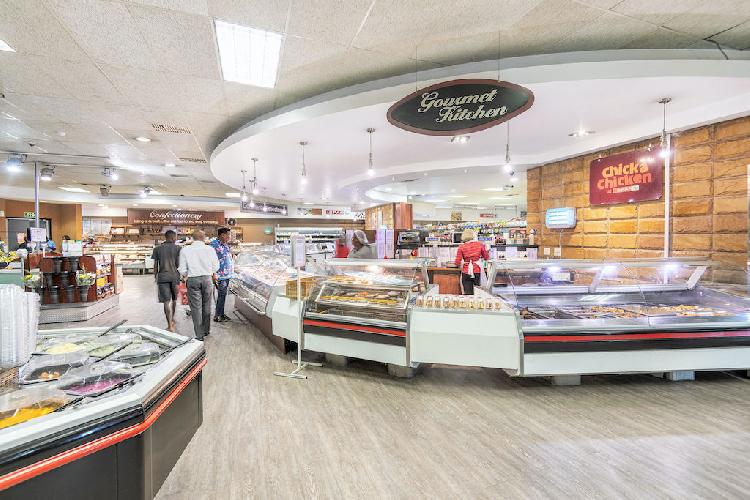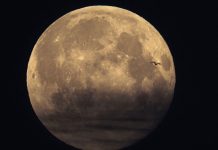Africa-Press – Namibia. NAMIBIA’S annual inflation rose to 4,5% in December 2021, from 4,1% in November 2021.
According to a report by Simonis Storm Securities, during 2021 local inflation was driven up by supply side factors, leading to higher prices of imported merchandise and oil. Simonis said inflation on goods averaged 5,2%, while on services inflation averaged 2,1% for 2021.
“Average annual inflation for 2021 stood at 3,6%, slightly above our forecast of 3,5%. We forecast an average annual inflation rate of 4,7% for 2022, owing to a weaker exchange rate, sustained high global oil (local petrol) prices and higher food prices,” said Simonis.
In their Economic Outlook 2022 report, Simonis highlighted shortages in various product markets which would exert inflationary pressures on food and general imports in 2022.
The biggest drivers of local inflation remain transport (43,4% contribution to the total change), food and non-alcoholic beverages (21,1%) and alcohol beverages and tobacco (11,7%). Other noticeable contributors were water, electricity, gas, and furnishings and household equipment.
General transport costs except air travel increased by 14,3% y/y in December 2021. Operating costs of vehicles increased by 19,7% y/y in December 2021 in general. These include prices of petrol/diesel which rose 36,1% y/y, driving licences which rose 5,8% y/y and spare parts, and service and repair charges up 4,8% y/y.
“As a result of higher petrol/diesel prices, from N$11,35 per litre in January 2021 to N$15,65 per litre in December 2021, public transportation prices increased on average by 8,9% y/y in December 2021 with taxi fares rising 10,4% y/y and bus fares going up 6,8% y/y,” the report said.
Production disruptions overseas as a result of Covid-19 infections among staff and supply chain bottlenecks pushed vehicle prices up. Motorcycle prices increased by 10,9% y/y in December 2021, bicycle prices by 8,4% y/y and motor car prices by 5,8% y/y.
The biggest contributors to higher food prices are fruits (up 14,9% y/y), cooking oils (up 11,9% y/y), meats (up 11,8% y/y) and milk, cheese and eggs (up 4,1% y/y).
According to the Namibian Agronomic Board (NAB), shortages of butternuts, cabbages, gem squash, onions, potatoes and pumpkins are expected for most of the months between January and May 2022, adding to inflationary pressures of food products consumed locally.
Globally, shortages in coffee, salmon, chocolate, eggs, milk, chicken, bacon, liquor, craft beer and pet food are expected in 2022. With Namibia being a net importer of these products, consumers can expect higher prices.
Alcoholic beverage prices increased by 3,2% y/y in December 2021, and tobacco prices are 6,2% higher. Major standouts are white spirits (up 15,8%), sparkling wines (up 9,2%), brandy (up 5,5%), and beer/ales/ciders (up 3,1%).
For tobacco products, cigarettes are up 4,8% and pipe tobacco is up 10,1%. Alcohol prices will likely remain elevated going into 2022, with the ongoing shortage of glass bottles in South Africa.
For More News And Analysis About Namibia Follow Africa-Press






